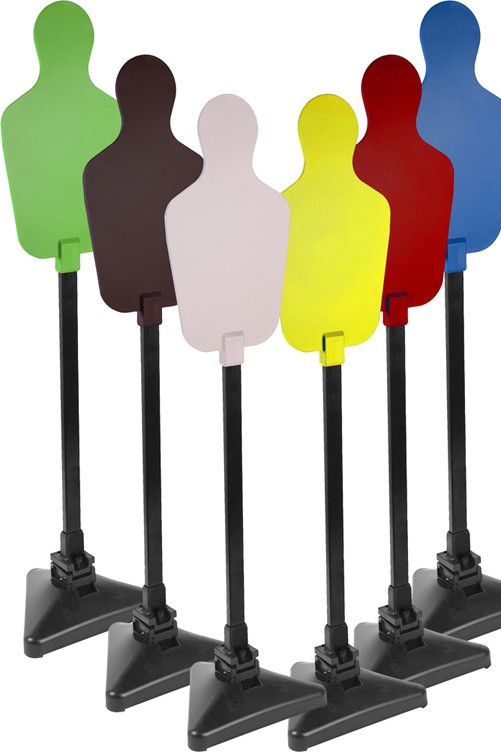
At the 2011 Shot Show in Las Vegas, NV, we announced that Action Target is now the worldwide exclusive dealer of Reactive Target Systems (RTS) ![]() products. The great advantage RTS has over other systems currently on the market is the ability to build upon a base system. Shown below are all color options of the Static Package
products. The great advantage RTS has over other systems currently on the market is the ability to build upon a base system. Shown below are all color options of the Static Package ![]() that includes a Self-Healing Torso Target
that includes a Self-Healing Torso Target ![]() , pole
, pole ![]() and base
and base ![]() .
.
These self-healing Torso Targets can take approximately 2,000 rounds or more, depending on the caliber and distance, before needing replacement. The targets are lightweight and can be left outside all year long making them a great addition for any shooter.
The Static Package becomes reactive when adding the RTS Smart Joint ![]() . This innovative joint allows the shooter to engage the target at any distance, falling when struck. For scenarios when a falling target isn’t ideal, a pin can be used to keep the target upright. Shown below is the Smart Joint mounted into the base:
. This innovative joint allows the shooter to engage the target at any distance, falling when struck. For scenarios when a falling target isn’t ideal, a pin can be used to keep the target upright. Shown below is the Smart Joint mounted into the base:
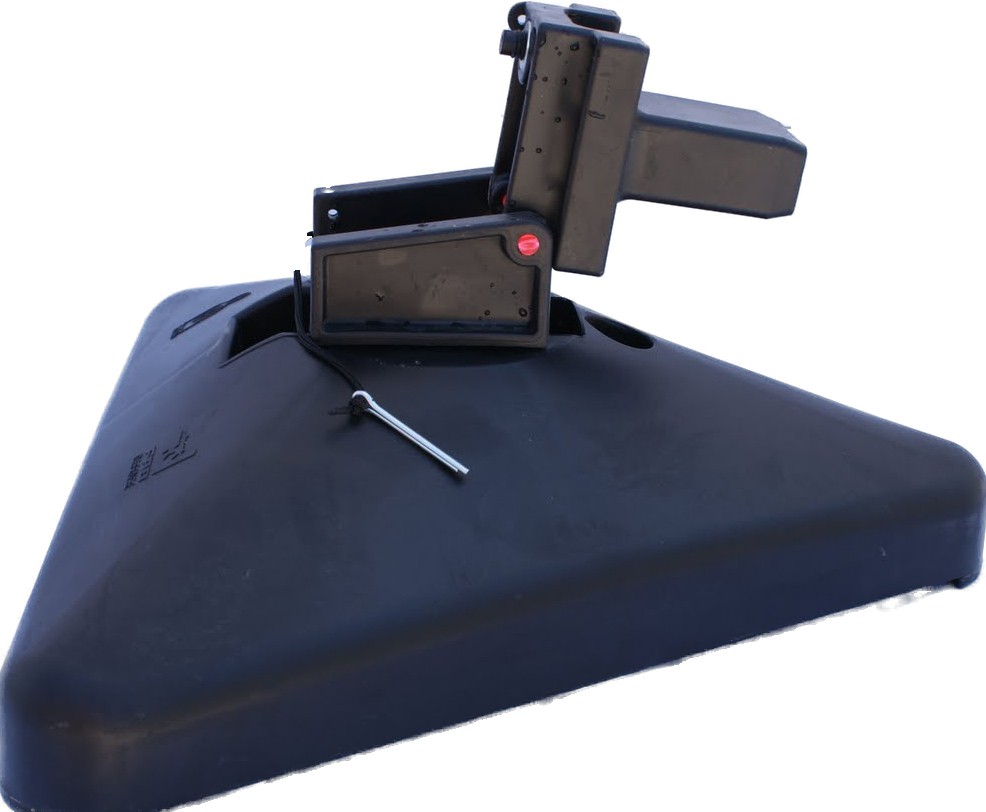
If you want to make your training even more dynamic, add the hit-counting capability to your target. Using a specific algorithm, the RTS hit sensor reads each hit through a transmitter, sends the hit to a digital display ![]() , and informs you how many rounds struck the target. The hit-counting ability reads all calibers, including paintballs, Simunitions and Airsoft. As seen below, the digital numerator uses the same pole and stand as the target, allowing you to have your display stand out of the line of fire, yet remains visible.
, and informs you how many rounds struck the target. The hit-counting ability reads all calibers, including paintballs, Simunitions and Airsoft. As seen below, the digital numerator uses the same pole and stand as the target, allowing you to have your display stand out of the line of fire, yet remains visible.
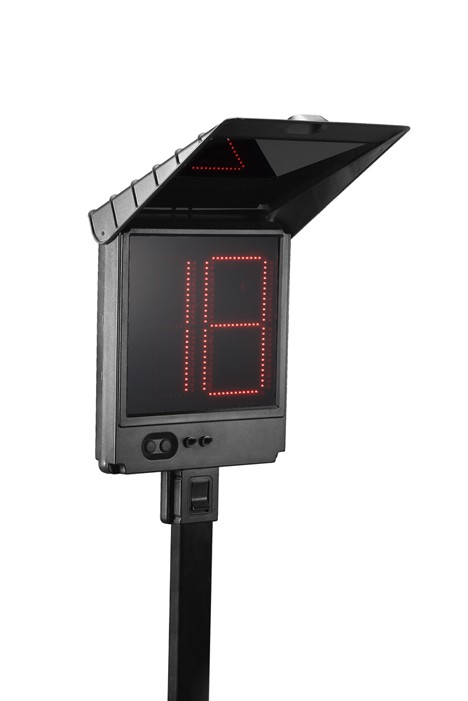
As one of the most economical hit sensor/hit counting target systems available, available, this system can increase throughput for training and qualifications by 20-40%, allowing for more “trigger time.”
The RTS system has so many possibilities and applications for all segments of the shooting market, and we want to help you incorporate it into your training programs. RTS makes the difference, so contact a member of our team today!







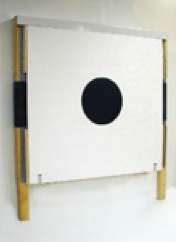
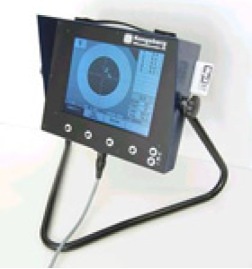
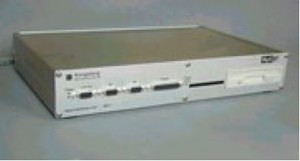
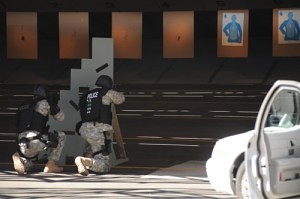 According to the Bureau of Justice Statistics, more than 1 million Federal, State, and local law enforcement officers work in the United States [DOJ 2004]. They are required to train regularly in the use of firearms. Indoor firing ranges are often used because of their controlled conditions. In addition to workers, more than 20 million active target shooters practice at indoor firing ranges. Law enforcement officers may be exposed to high levels of lead and noise at indoor firing ranges. NIOSH estimates that 16,000 to 18,000 firing ranges operate in the United States.
According to the Bureau of Justice Statistics, more than 1 million Federal, State, and local law enforcement officers work in the United States [DOJ 2004]. They are required to train regularly in the use of firearms. Indoor firing ranges are often used because of their controlled conditions. In addition to workers, more than 20 million active target shooters practice at indoor firing ranges. Law enforcement officers may be exposed to high levels of lead and noise at indoor firing ranges. NIOSH estimates that 16,000 to 18,000 firing ranges operate in the United States.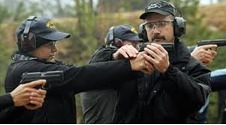 Emphasis:
Emphasis: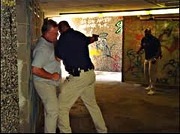 When we talk about using firearms against lethal force threats, there is only one real measure of proficiency and an endless number of pseudo measurements. I do not say that in a negative way, as pseudo measurements save a lot of wear and tear on our personnel. However, we have to remember not to substitute the pseudo measurements for the real measurement.
When we talk about using firearms against lethal force threats, there is only one real measure of proficiency and an endless number of pseudo measurements. I do not say that in a negative way, as pseudo measurements save a lot of wear and tear on our personnel. However, we have to remember not to substitute the pseudo measurements for the real measurement.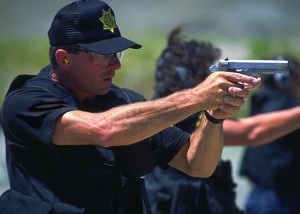 Please note that I do not see any of the above as a negative. Any time you are pressing trigger and getting hits on target you are reinforcing fundamental skills, and that is a good thing.
Please note that I do not see any of the above as a negative. Any time you are pressing trigger and getting hits on target you are reinforcing fundamental skills, and that is a good thing.